If you’ve directed your nurturing instinct towards plant babies because your flat is too small for a cat and children run away from you crying, then it’s time to take your botanical parenting skills to the next level. How? With hanging greenery.
“What a lot of people don’t think about when they’re bringing plants into their home is height,” says Alice Vincent, journalist, millennial gardening expert and author of How To Grow Stuff, (Ebury Press, £12.99).
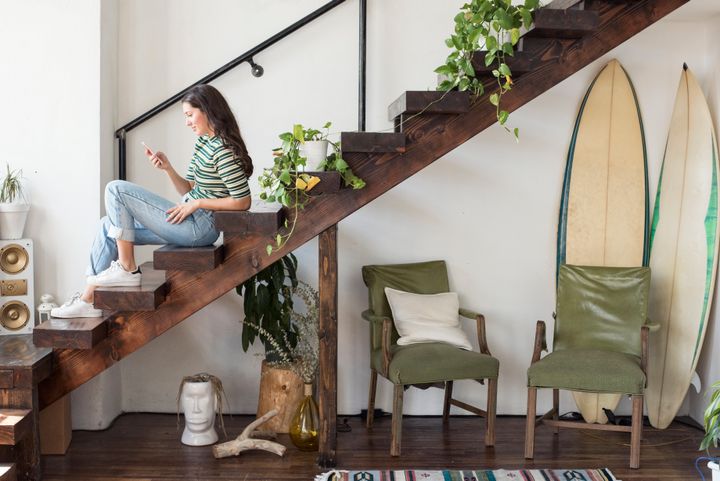
“We often pop plant pots on surfaces or tables and let them do their thing, but a more dramatic look can be achieved by allowing plants to grow up or down your spaces,” she adds. “In small homes, utilising vertical space is even more vital, as it’ll leave other surfaces and spaces free, but it’s also a great way of creating a relaxing and more self-contained space with plants.”
It’s also a shortcut to bringing your home’s style together. “Plants that grow alongside or over your storage or furniture look less tokenistic and more integral to your interior design,” Vincent says.
A few points to remember. Basic plant hygiene of placing your green guys somewhere with indirect light and in a pot with good drainage still stands. In terms of where to buy your plants, we’ve given links to companies that deliver UK-wide, but you tend to get better information on care if you go to a garden shop in person. “But ultimately, a healthy plant is what you’re after - it doesn’t matter where you find it,” Vincent says. (Side note: if you need more help, head to her Instagram account, @noughticulture.)
Ready to roll? Here’s the hanging plants to dial up your urban jungle.
Pothos/ Devil’s Ivy
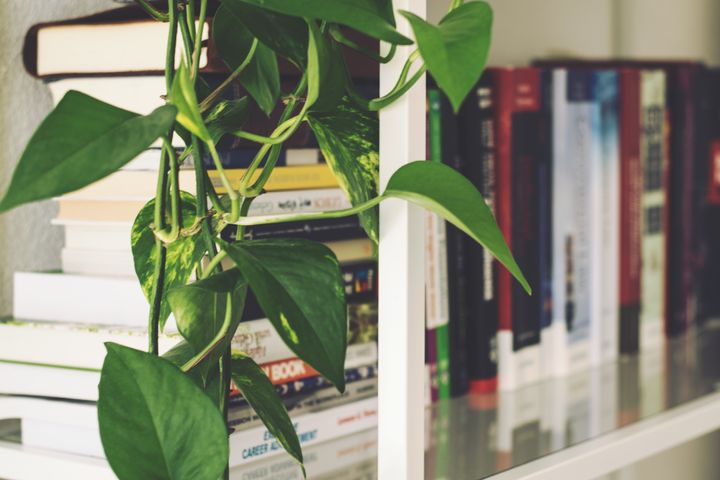
Why it works: “For beginners, I recommend pothos, every time,” says Vincent. “It grows fast, is drought-tolerant and can put up with relatively low levels of light. I’ve got one hanging down from a bookshelf unit.” You’ve likely seen this one all over your Insta feed, where its Rapunzel-style tumble has made it a social media superstar.
How to care for it: You only need to water this guy every three weeks or so. But when you do, drench it under the sink, before letting the water run out through the holes in the bottom of your pot - and don’t water again until you can “feel that the top inch or so of soil is dry, when you stick a finger in.”
Philodendron
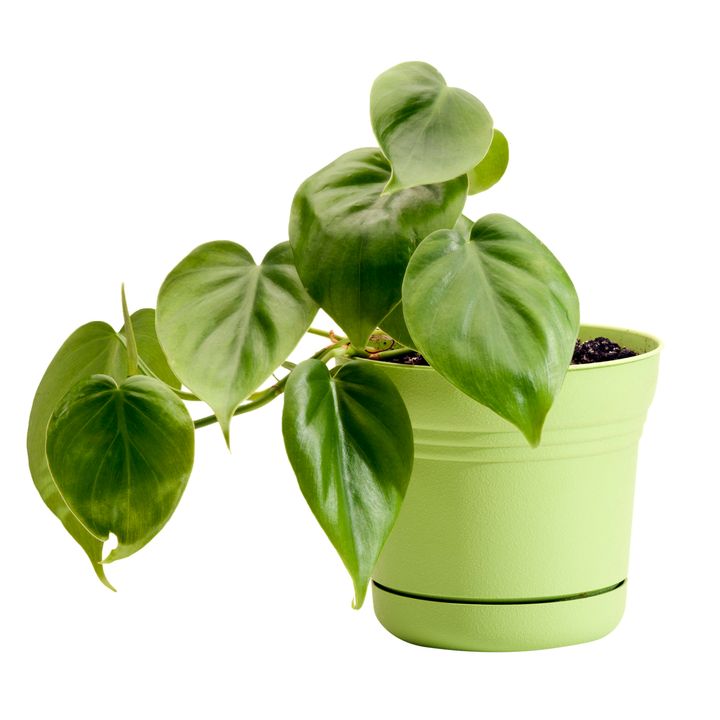
Why it works: ”Philodendrons are solid all-rounders,” Vincent says. “They’re a good starter hanging plant with elegant pointed leaves. I’ve got one in a macrame hanger.”
How to care for it: These plants will tell you if they’re sad, because their leaves will go floppy. They’re fine without that much light, but will grow faster if they’re in a bright spot, with indirect rays. You need to water them every couple of weeks using the same rule as pothos: a good, solid soak followed by a total drain, in the sink or bath.
Where to buy: House of Plants, £15
Rhipsalis
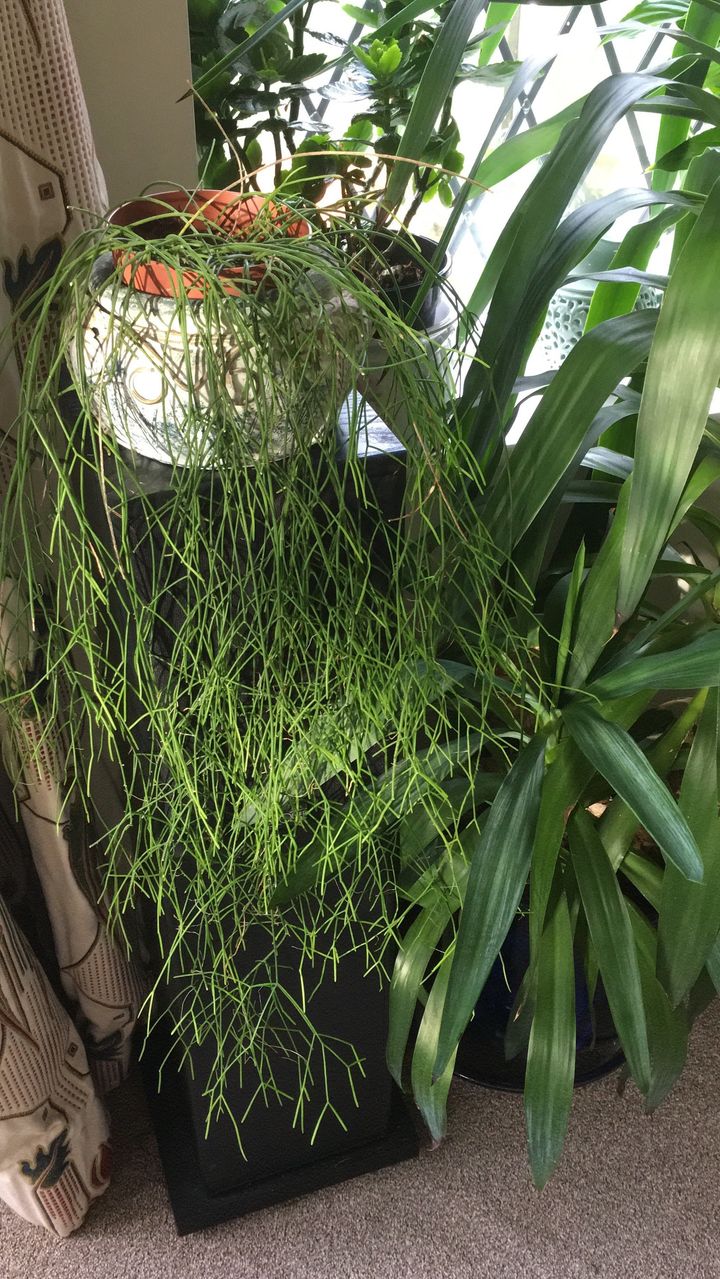
Why it works: ‘I love rhipsalis,’ says Vincent. ‘It grows and grows and grows.’ With its abundant, shaggy mane, it also adds extra swagger to any urban jungle. It’s technically a type of cactus, but is minus any pricks.
How to care for it: ‘It needs barely any water,’ Vincent says. They don’t like direct light - in their natural habitat, their light would be filtered through dense canopies of other plants - and can be watered every one or two weeks.
Where to buy: Burford, £20
String of hearts
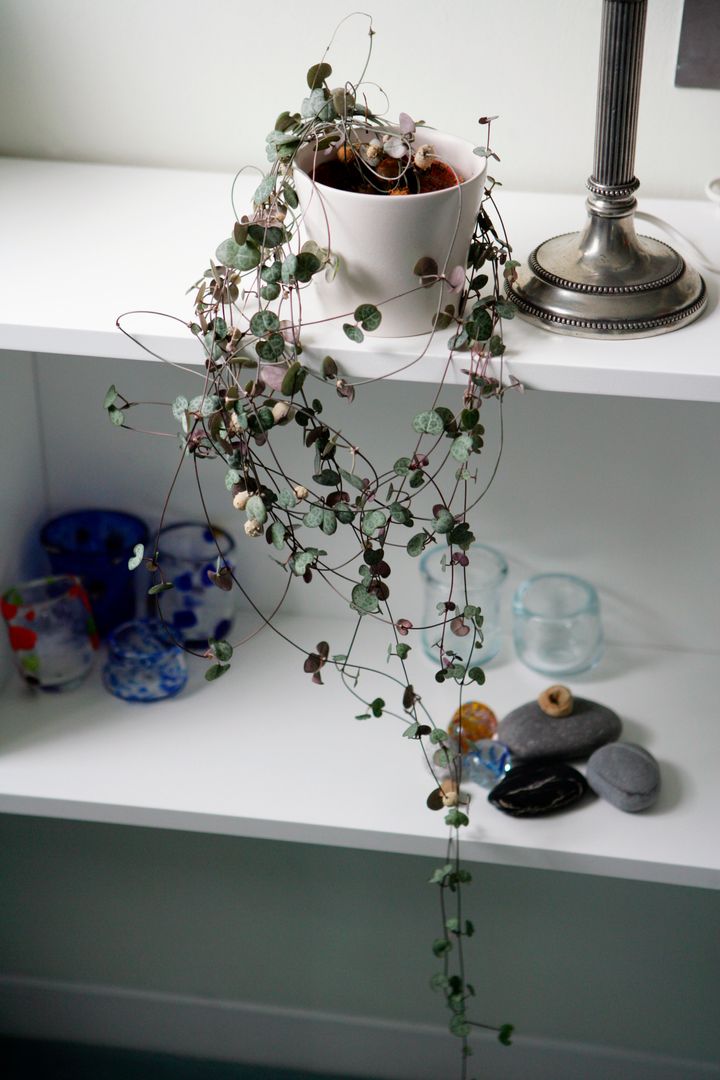
Why it works: With their delicate, dark jade green flutter of heart-shaped leaves, these are one of the prettiest hanging plants. They start small and so require only a little pot to add a whimsical edge to a shelving unit.
How to care for it: ”String of hearts are notoriously tricky, but thrive in some homes with minimum input,” Vincent says. Extremely susceptible to rotting, they must not be watered until the soil is completely dry - and then spend the rest of the day in a bright spot.
Where to buy: Trouva, £12.50
String of pearls
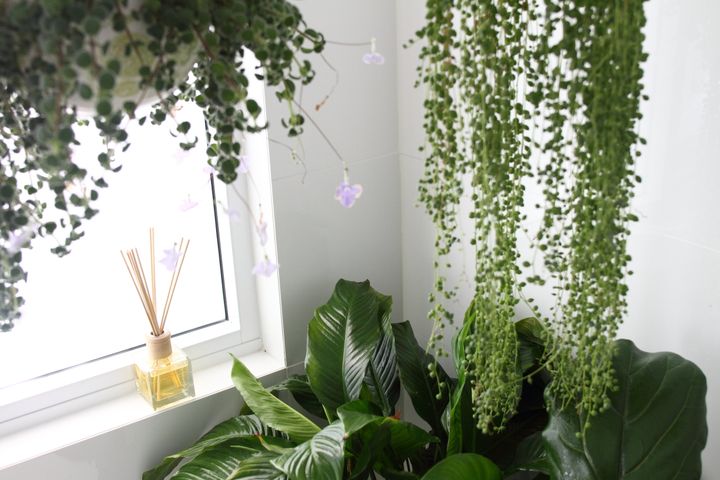
Why it works: Another Instagram sensation. Long, flowing, bead-like leaves add a sort of plant-luxe vibe. Pop way up high for maximum impact: “I’ve got a string of pearls near the window, sitting on a high shelf in my kitchen,” says Vincent. “They have pernickety watering and light needs and grow more slowly, but they look beautiful.”
How to care for it: These can be difficult - again, often turning to mush when they feel they’ve been over-watered. Vincent (who is on her third crack at this sensitive plant) has found success by placing hers near a north-facing window, watering from the bottom, by placing the pot in a container of water, so it soaks in that way, as opposed to showering with water, from above, and chops off any dry bits as soon as they appear.
Where to buy: Waitrose Garden, £15.99
Spider plant
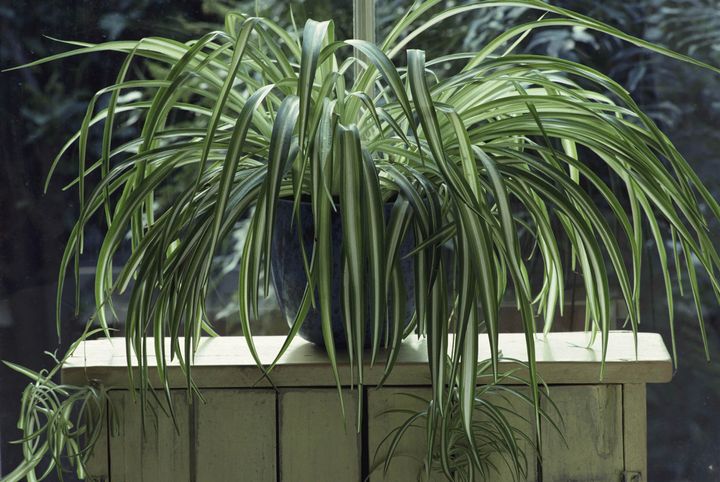
Why it works: The OG seventies plant is back, baby. “These are good for the bathroom - they like humidity and indirect light,” Vincent previously told HuffPost UK. “They propagate themselves by growing spikes with baby spider plants attached” - and so will start to hang nicely from a high shelf. Bonus: they’re also air purifiers, so great for city-dwellers.
How to care for it: As mentioned, a humid place where you’re getting light, but not facing the sun, is where these guys thrive, so maybe pop one on top of your bathroom cabinet. Water every couple of weeks.
Where to buy: Etsy, £11